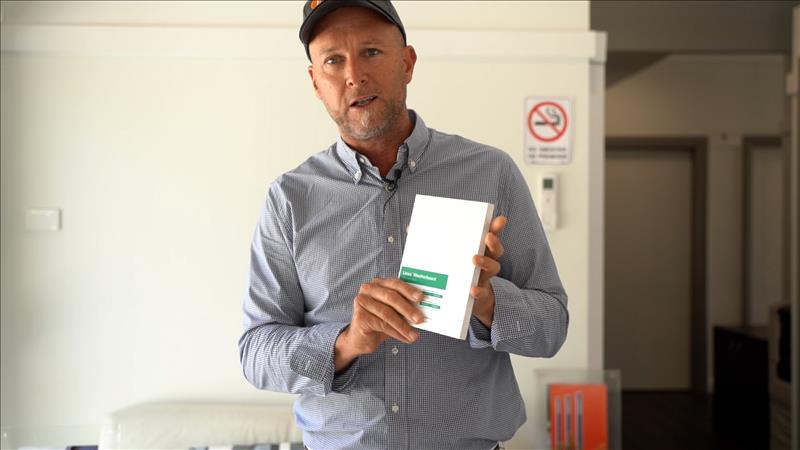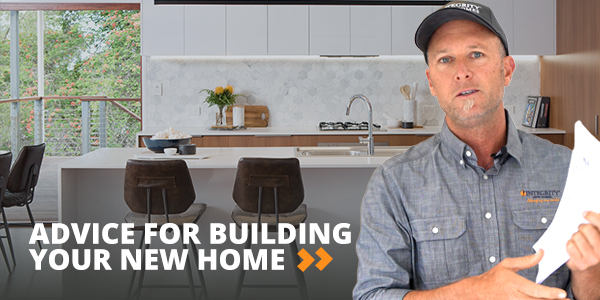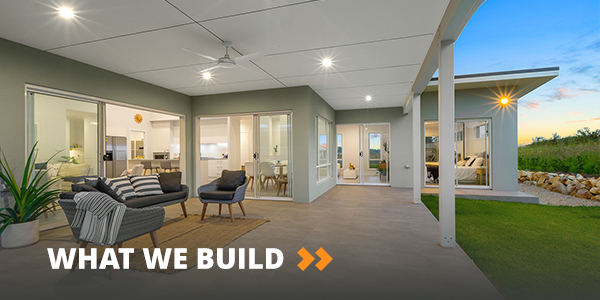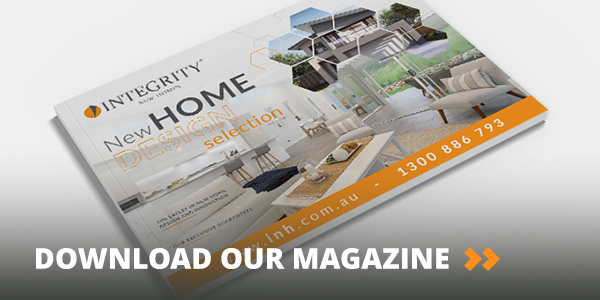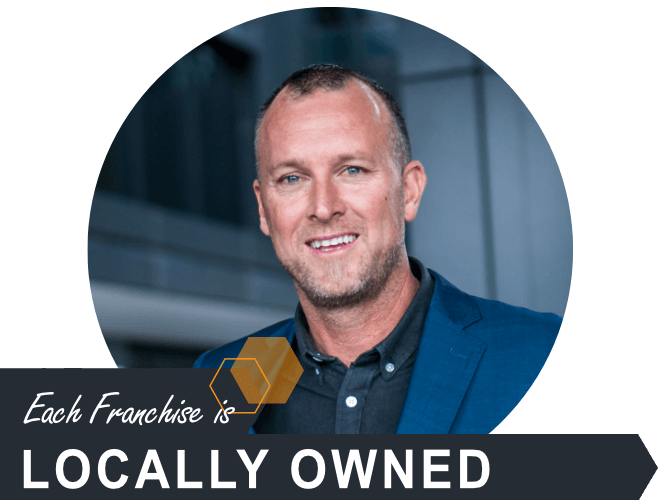Today, we're going to discuss cladding for new homes. For our customers in particular who are thinking about building and then pondering, okay, what do I put on the outside of the home? Cladding is the external product you see from the house. Now, some people mistakenly think that cladding is the structural element of the home. So mainly on the east coast of Australia, south of, say, South East Queensland, New South Wales, Victoria, the structural elements of your home are more likely to be a frame - timber or steel frame and we covered that in one of our previous videos.
How do you select the right cladding? We consider how three different factors will affect this decision. One is how it looks and feels. Aesthetics are the first one. The second is the performance of the material. How often do I want to be maintaining it? What is the warranty? How long does the product last? And thirdly, you've got trade availability. So how do I get wall cladding on the wall, so to speak? And that's a consideration both for you and the builder.
So let's just talk about each of those from that context, lightweight cladding, aesthetically. I think aesthetically, people are usually leaning towards lightweight cladding. And that's another reason why it's so straightforward to maintain your property. Every five years or so, trends change, and colour schemes and appearances change. You can easily modify your property's appearance and bring your home right into the present fads.

So aesthetically speaking, the cladding solutions are great when you think about trade availability. A lot of builders in more remote places are leaning towards lightweight cladding because they have access to carpentry trades and a lot of builders are carpenters. So if there are a lot of carpenters in the business you're going to lean toward lightweight cladding
Lightweight cladding's performance in our opinion is the lowest in terms of performance. What we mean by that is it's going to need more maintenance over time. That's both a positive in terms of keeping up with trends, but it's negative because someone's going to have to come and repaint that home every 5 to 10 years.
With particular homes, there is no option when it comes to choosing lightweight cladding. Elevated homes, homes that are on steel piers, for example, are going to need a lightweight solution.

Brick homes, on the other hand, are the best performer in terms of low maintenance. Bricks will serve a home for 50 years or more and rarely need maintenance. The occasional pressure wash to clean, but insignificant compared to lightweight cladding.
Our opinion on the Aesthetics of a brick home is that they are more inclined to date quicker than lightweight cladding or concrete blocks. In most suburbs, you would be able to drive through and know when a house was built by the type of brick used.
The third thing to consider about brick cladding is trade availability. In our current housing climate, bricklayers seem to be a scarce commodity and difficult to attain. This aspect within the building sector may influence your builder's decision to suggest brick cladding.
The third type of cladding we recommend is concrete blocks.

Concrete blocks are different to lightweight cladding and bricks, in that concrete block is both the structural element and the cladding. Concrete block is a solution you'll see utilised in the cyclonic area. Typically areas north of Gladstone, Queensland will utilise concrete blocks due to their viability in intense weather situations. Aesthetically it is a genuine contender for the look and feel of your home and is accessible for trades to use.
We hope that the information in this article is helpful in educating your decision-making process when it comes to the cladding of your new home. Integrity New Homes are passionate in finding the right solution for your new home and have the flexibility to work with all types of cladding mediums to suit your new home.
